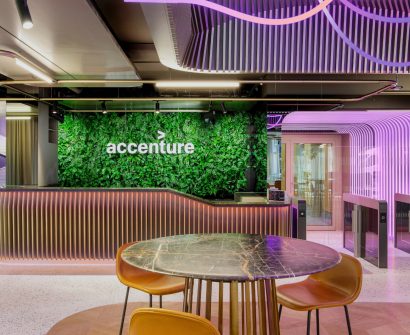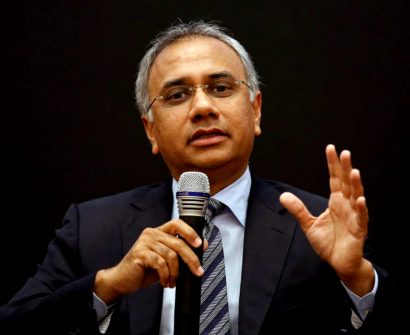Currently Empty: $0

As businesses emerge from the crisis of the pandemic, they are under heightened pressure to ensure they have the right capabilities to achieve their objectives. Gartner’s latest research provides five key insights on capability in organisations:
- ‘Building critical skills and competencies’ is rated by HR leaders as the top priority for 2022
- 2 out of every 5 HR leaders admit that the pace of skills evolution is too fast to solve
- Work has become more technically complex; in the last 5 years, the total skills requirement for single roles in IT, finance and sales has increased by over 25%
- One in three skills needed for a job in 2018 are no longer needed today
- Demand for niche skills can eliminate up to 98% of a talent pool for particular roles
This is having a direct impact on the bottom-line for businesses due to:
- Rising and unpredictable salaries
- Delays to transformation
- Slower innovation and product creation
- Stagnant productivity
For businesses to create the right workforce they need, we must step away from old-style ‘headcount planning’ and engage in capability-led strategic workforce planning.
In my latest keynote I will talk about how we’re using capability-led strategic workforce planning to unlock unique insights and pinpoint specific solutions to broader workforce challenges. Specifically, I talk about:
Capability is more than skills
In Agile Workforce Planning, I talk about six components of capability:
- Skills: what we have practiced and can do
- Knowledge: what we have learnt and is readily available in our mind
- Mindset: how we think, feel and react to stimuli
- Physiology: our physical and mental ability
- Accreditation: proof of qualifying requirement
- Environment: the reality of the work and workplace
These components are interrelated.
- If we are feeling unwell, this is our physiology being impacted. This will likely have a knock-on effect to our mindset, and adversely impact our ability to utilise skills and knowledge.
- If we are in a great environment, with an engaging workplace and a supportive team, it acts as a catalyst for our skills and knowledge to achieve more than we thought possible.
Getting the balance right is critical to business success.
Measure what matters
Competency frameworks are yesterday’s news. Created in a top-down way, they were typically more aspirational than realistic; often inconsistent and quickly outdated. These were superseded by skills surveys, as businesses sought to create ‘LinkedIn-style’ profiles of its workforce. However, many businesses struggled to see the return on this as employees were reluctant to engage with the tools. Not only do I talk about how technology has now revitalised the skills survey, but also how leading firms are turning to something new. Skills AI utilises big data approaches to parse opensource job listings and CVs to determine the supply and demand for skills in the labour-market. This gives businesses clear metrics on the health of their workforce capability.
How do we plan with capability?
The keynote closes with seven real-life examples of specific client challenges and how we used capability-led strategic workforce planning to unlock unique insights and pinpoint specific solutions to broader workforce challenges, including scenarios where:
- A client who was closing a number of sites and consolidating locations to reduce costs; we provided a clear indication of:
– The opportunity to bridge existing skills gap through relocation
– The risk of impact to business performance through capability loss
- A client who traditionally hires lower-skilled workers and upskills them to avoid costs of employing experienced staff; we highlighted:
– The surplus of experienced staff in the labour market
– The opportunity of a blended hiring approach to bring in experienced staff without excessive increase in costs
- A client that was struggling to hire people with the right skills in the labour market; we used our analysis to pinpoint the specific skills to build internally rather than try and hire directly at increasing cost.
- A client that recognised there were current roles in the business they would not need in the future. We were able to advise the client on how to avoid layoffs we analysed skills adjacency to:
– Identify where the client can move people between roles
– Pinpoint the exact investment required in learning and development to upskill people
Why does this matter?
We recognise that many businesses struggle to understand both the capabilities they have and the capabilities they need to achieve their objectives. We work with business leaders to understand their strategy and objectives, analyse their existing data and use skills AI to plug the gaps. This enables us to create insights at pace that solve problems and create a better working world.
Author: Adam Gibson
Subscribe as a member: https://globalwfm.com/become-gwfm-member/
Visit us for WFM Learning Academy: https://gwfmlearning.online/courses/








